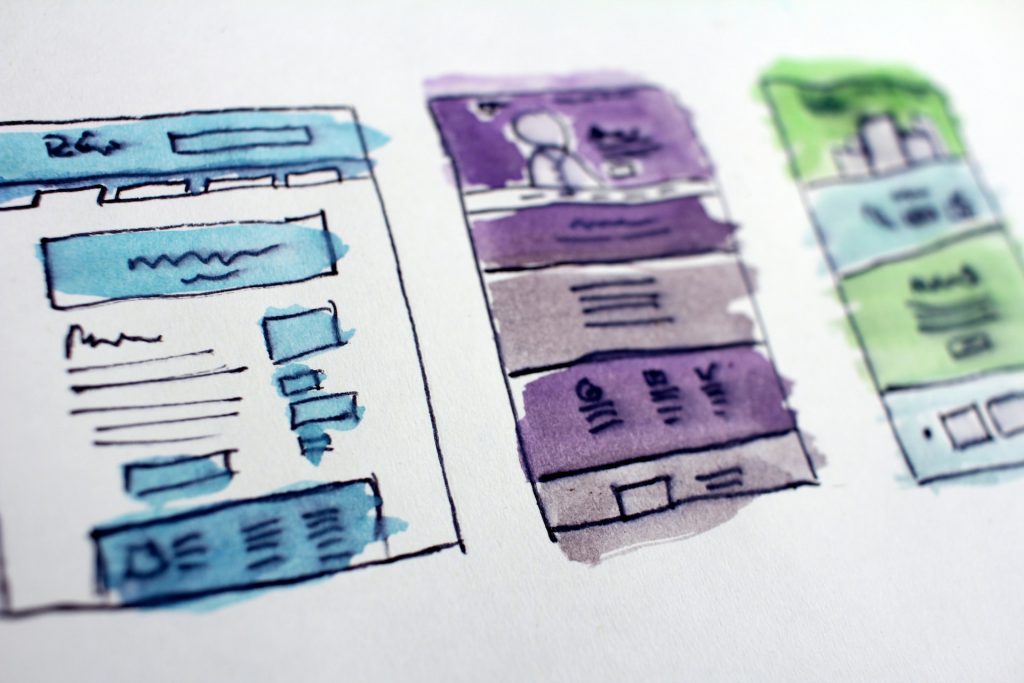Case Studies of Companies that Thrive on Innovation

GUEST POST from Art Inteligencia
In today’s fast-paced and rapidly changing business landscape, companies are constantly seeking new innovative solutions to stay ahead of the competition. One approach that has gained traction in recent years is design thinking. Design thinking is a human-centered approach to innovation that emphasizes empathy, creativity, and iterative problem-solving. In this article, we will explore how two companies – Apple and IDEO – have successfully implemented design thinking principles to drive innovation and achieve business success.
Apple: Designing for Delight
Apple is synonymous with innovation and design excellence, and much of its success can be attributed to its design thinking approach. From the sleek and intuitive design of the iPhone to the user-friendly interface of the iPad, Apple’s products are known for their attention to detail and focus on user experience. One key aspect of Apple’s design thinking process is its emphasis on empathy – understanding the needs and desires of its customers to create products that truly delight and inspire.
A prime example of this is the development of the iPod. In the early 2000s, Apple recognized the growing demand for portable music players but saw that existing products were cumbersome and hard to use. By conducting in-depth user research and observing how people interacted with music on a daily basis, Apple was able to design a product that revolutionized the music industry. The result was the iPod – a sleek and intuitive device that made it easy for users to access and enjoy their music on the go.
IDEO: Empowering Creativity Through Collaboration
IDEO is a global design and innovation consultancy known for its human-centered approach to solving complex problems. Founded in 1991, IDEO has worked with companies ranging from startups to Fortune 500 companies to create innovative products and services that have a lasting impact on society. At the core of IDEO’s design thinking process is its emphasis on collaboration and iteration – bringing together diverse perspectives and ideas to create truly groundbreaking solutions.
One of IDEO’s most famous projects is the redesign of the shopping cart for a major retail chain. By engaging with customers and employees to understand their pain points and frustrations with the existing shopping cart, IDEO was able to develop a new cart design that improved the shopping experience for everyone involved. The new design featured ergonomic handles, self-checkout capabilities, and modular components that made it easy to customize based on individual needs. The result was a shopping cart that not only enhanced the customer experience but also increased efficiency and profitability for the retailer.
Conclusion
Design thinking is a powerful tool for companies looking to drive innovation and achieve business success. By focusing on empathy, creativity, and collaboration, companies like Apple and IDEO have been able to create products and services that truly resonate with their customers and set them apart from the competition. As technology continues to evolve and consumer expectations continue to rise, design thinking will play an increasingly important role in shaping the future of business and driving growth and success for companies around the world.
Bottom line: Futurology is not fortune telling. Futurists use a scientific approach to create their deliverables, but a methodology and tools like those in FutureHacking™ can empower anyone to engage in futurology themselves.
Image credit: Unsplash
![]() Sign up here to get Human-Centered Change & Innovation Weekly delivered to your inbox every week.
Sign up here to get Human-Centered Change & Innovation Weekly delivered to your inbox every week.